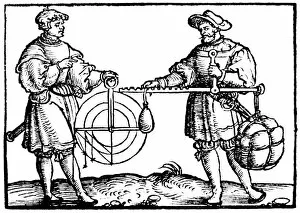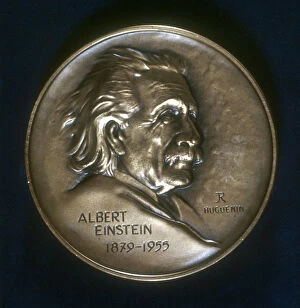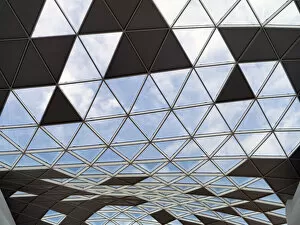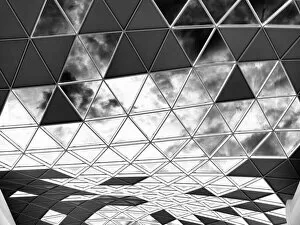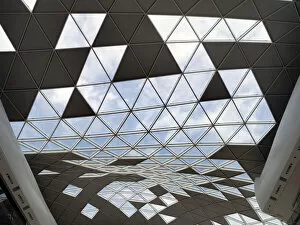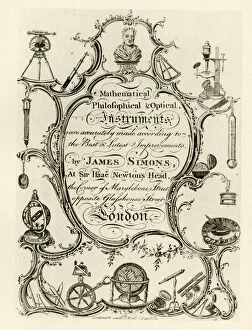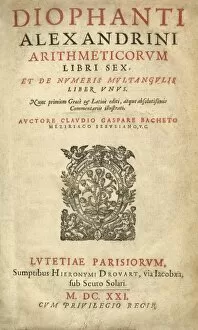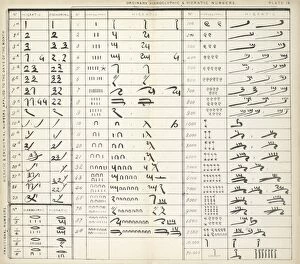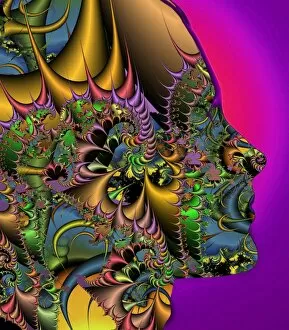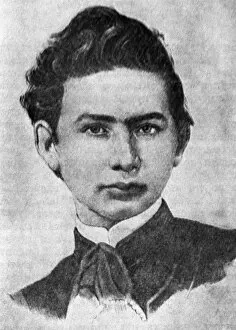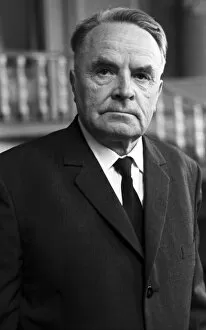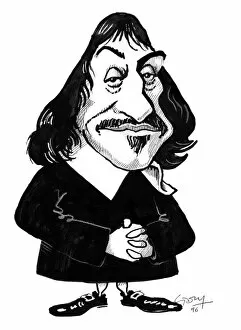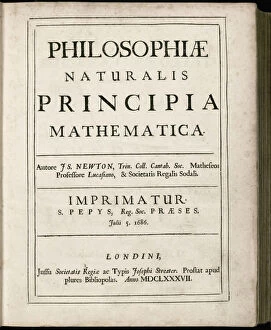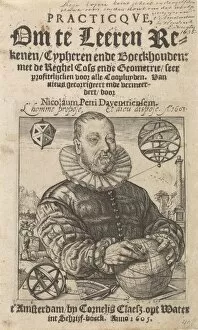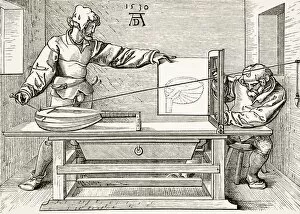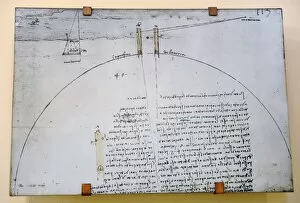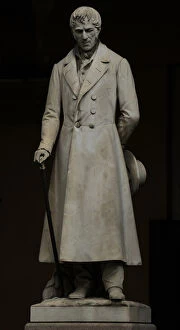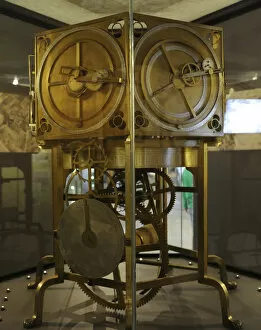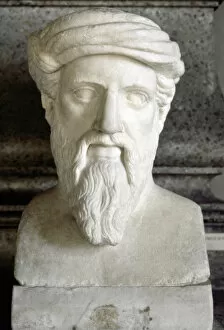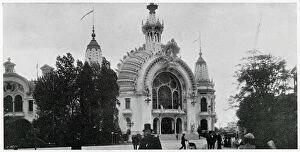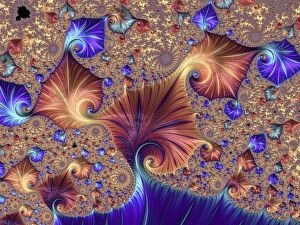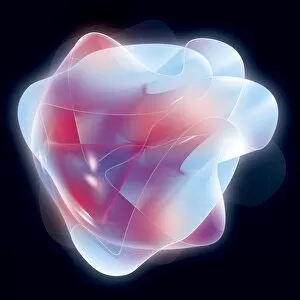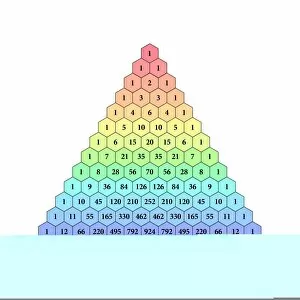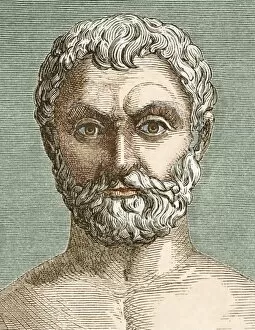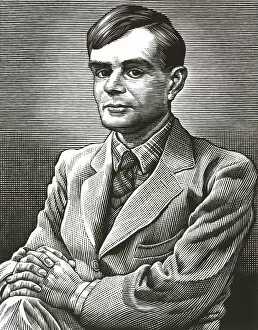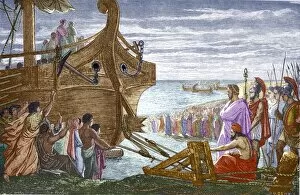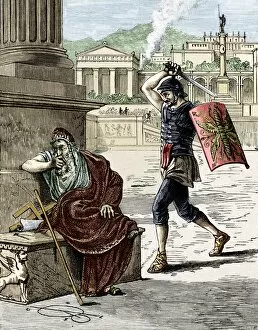Mathematical Collection (page 6)
"Unlocking the Mysteries of Mathematics: From Fractals to Equations" Embark on a captivating journey through the intricate world of mathematics
For sale as Licensed Images
Choose your image, Select your licence and Download the media
"Unlocking the Mysteries of Mathematics: From Fractals to Equations" Embark on a captivating journey through the intricate world of mathematics, where beauty and complexity intertwine. Delve into the mesmerizing realm of fractal geometry as you witness the breathtaking Mandelbrot Set unfold before your eyes, revealing its infinite intricacies. Transport yourself back in time to 19th-century Morocco, where an exquisite wall feature showcases mathematical patterns that have stood the test of time. Marvel at the Fibonacci spiral artwork, a symbol of nature's harmonious proportions found everywhere from seashells to sunflowers. Meet Richard Feynman and Ludwig Wittgenstein through their lively caricatures; two brilliant minds who revolutionized physics and philosophy respectively with their groundbreaking ideas. Their contributions continue to shape our understanding of the world around us. Discover a piece of history as you explore a manuscript written by Evariste Galois, whose profound insights laid the foundation for modern algebraic equations. Admire Pacciolis' Summa de Arithmetica title pages, which encapsulate centuries-old wisdom passed down through generations. Immerse yourself in particle physics as you encounter complex equations that unravel the secrets hidden within subatomic particles. Witness quasicrystals defy conventional symmetry rules, showcasing extraordinary patterns that challenge our perception of order. Uncover one of mathematics' most powerful tools - logarithms - as you peruse an ancient logarithm table meticulously crafted by mathematicians throughout history. Appreciate how these tables facilitated calculations long before calculators existed. Finally, lose yourself in yet another stunning fractal artwork that captures both chaos and harmony simultaneously—a testament to mathematics' ability to reveal beauty even in seemingly chaotic systems. Mathematics is not merely numbers on paper; it is an art form woven into every aspect of our existence. Join us on this awe-inspiring journey as we unlock its mysteries and appreciate its profound impact on our world.


